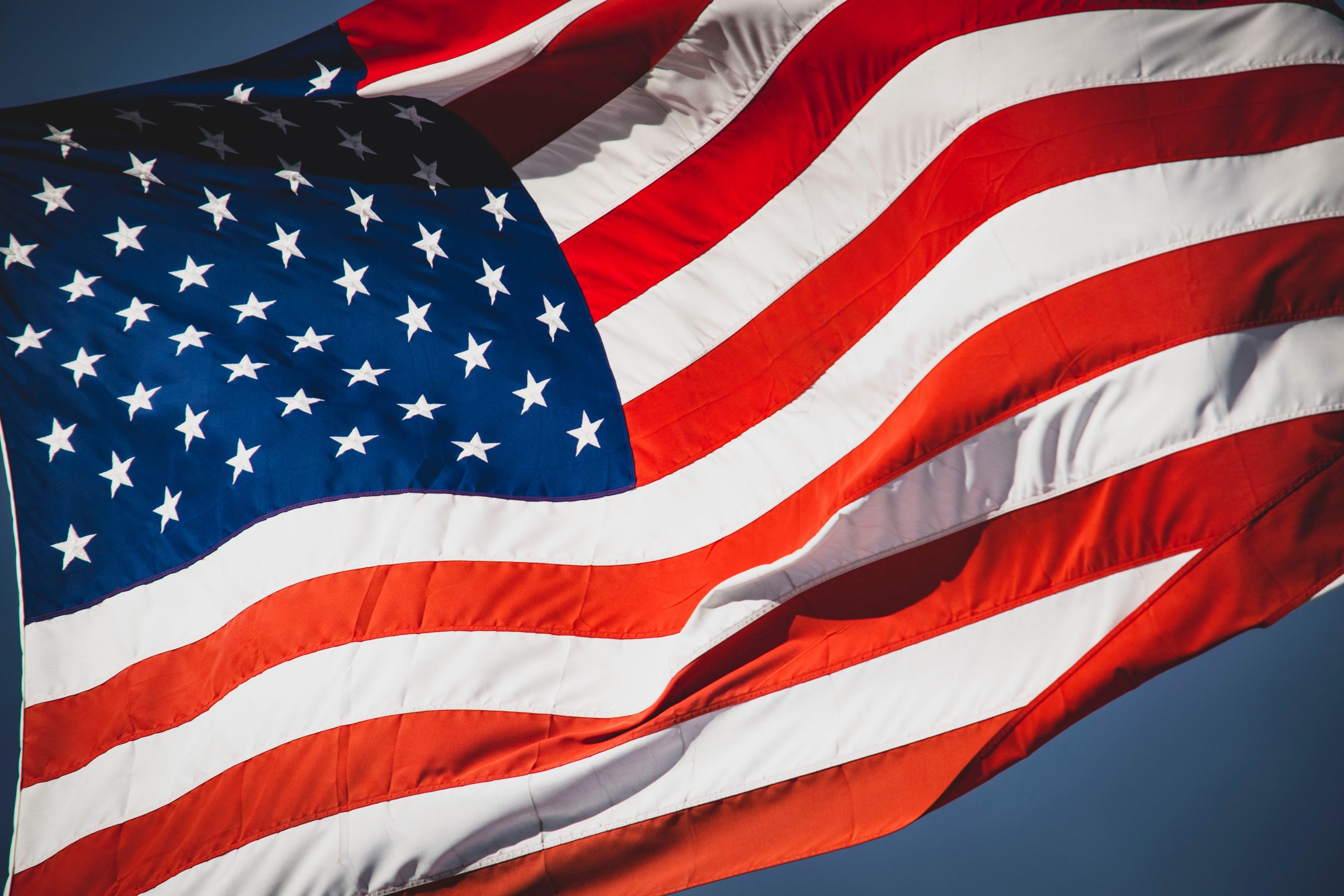
I want you to try and think back to when you were in elementary school. You’re sitting at your desk with your pencil and paper ready to learn the lesson of the day when suddenly your teacher tells you to stand for the Pledge of Allegiance.
You know the procedure: stand up straight with your hand over your heart and say, “I pledge allegiance to the Flag of the United States of America, and to the Republic for which it stands, one Nation under God, indivisible, with liberty and justice for all.”
If you were a child that attended elementary, middle and high school in the U.S., then you know the Pledge by heart; it’s ingrained in you, whether you like it or not.
I have to admit that it’s a little weird to know something word for word ever since you were 5, but still have absolutely no idea what it really means. I’m a senior in college, and if I don’t have a full understanding of the Pledge then I can only imagine what children today think about it. We were taught to repeat these words every single day but were never given a back-story as to where they came from and why it was so important to Pledge our allegiance. So, what were we pledging and why?
The Pledge of Allegiance was first introduced to us in 1892 by a socialist minister named Francis Bellamy. He wrote it so that citizens from any country around the world could use it if they so desired. In fact, the words “the Flag of the United States of America” weren’t added until 1923, which shows that the Pledge wasn’t written specifically for the U.S. or Americans for that matter.
The Pledge has undergone numerous tweaks and changes over the last 128 years that we’ve been reciting it. The Pledge was originally supposed to be said while sticking your right arm out in front of you, but since the Nazid made an identical salute, it was changed to placing your hand over your heart. The “under God” portion of the oath was added in 1954 by Congress.
These adjustments weren’t made in vain; they were made so that the children of America would have the perfect oath to repeat before starting class. If you asked a child what the Pledge of Allegiance means or what it stands for, you’re probably not going to receive a well-informed answer. The original reason behind children saying the Pledge was to instill a sense of patriotism for their country.
I asked Georgia State senior Allison Smith her thoughts on having to say the Pledge in school.
“Well, I didn’t think it was creepy back then because I thought it was just something we had to say,” Smith said. “I had no real knowledge of what actually goes on here, so I had no context. Now that I know what I was pledging ‘allegiance’ to, it is sort of weird. But, I guess kids are impressionable.”
Whether you’re wary of our nation’s Pledge or not, I think we can all agree that it is threaded throughout U.S. history as well as our own.
